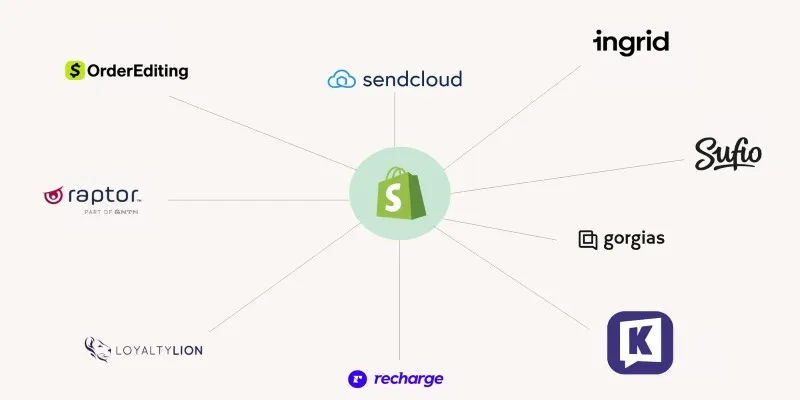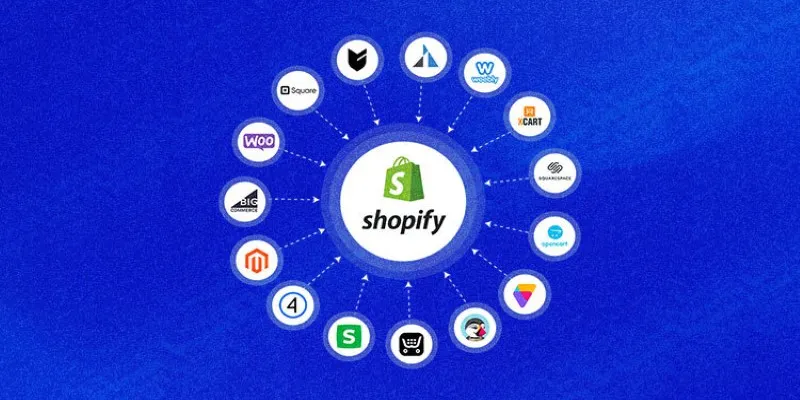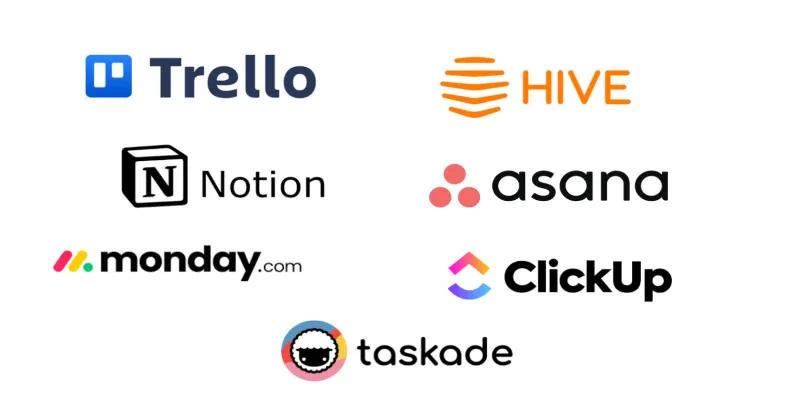Top Shopify Alternatives in 2025: E-commerce Platforms That Deliver Without the Limits
Not every business owner finds Shopify to be the right fit, and that’s okay. Whether it’s due to pricing, limited customization, or needing something simpler (or more flexible), there are now better options available. In 2025, more platforms have stepped up, offering tools that work around your needs—without making you feel boxed in. And the best part? Some of them cost way less than you’d expect.
The Best Shopify Alternatives in 2025
Sellfy – Good for Digital Products and Creators
If you’re someone selling ebooks, digital prints, music, or videos, Sellfy just works. It skips the technical fluff and lets you start selling in minutes. You don’t need coding knowledge, and it comes with built-in marketing tools like discount codes and email campaigns. The platform is clean, easy to understand, and doesn’t throw too many settings your way.
For digital creators who felt Shopify required too many apps to get basic things done, Sellfy is a breath of fresh air.
BigCommerce – Works Well for Larger Stores

BigCommerce gives you room to grow without depending on third-party apps for basic features. A lot of the things that require apps on Shopify—like multi- currency support, advanced shipping settings, and built-in SEO tools—are included by default here.
So, if you’ve outgrown Shopify or feel like you’re constantly paying more just to add small features, BigCommerce might be what you’re looking for. It also integrates with most of the major tools out there and handles traffic spikes pretty well.
Squarespace – Best for Design-Focused Brands
Some sellers want their store to look good first—and then handle the sales part. That’s where Squarespace comes in. It’s known for clean, minimal themes that just look polished right out of the box. It works great for people who run small brands, sell physical or digital goods, or offer services.
If you’re the kind of person who cares how your site feels to visitors and doesn’t want to spend hours editing layouts, Squarespace gets the job done with way less hassle.
Shift4Shop – Free (Yes, Really) If You Use Their Payment
This one surprises most people: Shift4Shop gives you a full online store without charging monthly fees—as long as you use their payment processor. That’s a pretty solid deal, especially if you’re just starting and want to test things out.
It offers all the basic features plus some advanced ones like abandoned cart recovery and built-in blog support. You’ll still need to spend time setting it up, but it won’t ask you to keep buying extras every step of the way.
Ecwid – Adds a Store to Your Existing Site
Maybe you already have a blog or portfolio site and don’t want to rebuild it from scratch just to sell a few products. Ecwid works perfectly in that case. It lets you add a store to almost any site—whether it’s built on WordPress, Wix, or something else.
It’s simple to install, mobile-friendly, and doesn’t force you to switch platforms. This is ideal for freelancers, creators, or service providers who just want a small shop on the side.
Wix – Easy to Use and Good for Small Stores
Wix isn’t only for portfolio websites anymore. Their e-commerce features have gotten stronger over the years, and now it’s a solid option for small to mid- sized shops. The drag-and-drop builder is easy to get used to, and there’s a lot of freedom in how your site can look.
One nice thing is that Wix includes a bunch of features by default, without requiring a separate app for each one. For people who got tired of managing too many add-ons on Shopify, Wix feels like a smoother ride.
Shopwired – Built with UK Businesses in Mind
If you’re based in the UK, you’ll probably like Shopwired. It’s designed with local sellers in mind and includes features that work well with UK tax systems, couriers, and laws. But it’s not just for the UK—international stores use it too.
It’s clean, quick to set up, and you won’t be digging around for hours just to update a product or change a layout. Many small businesses find it less intimidating than Shopify’s app-heavy setup.
Webflow – Great if You Want Full Control

Webflow isn’t for everyone, but if you know your way around design or want your site to look exactly like you imagined it, this one gives you control. You can build highly customized layouts without being stuck inside a fixed theme.
It also comes with e-commerce features that let you sell physical and digital products. Webflow is more flexible than Shopify, especially if you’re tired of working around these limitations. But fair warning—it takes a little more learning upfront.
Square Online – Perfect if You Sell In-Person, Too
If you already use Square for payments at a physical shop or booth, this is a natural fit. Square Online lets you build an online store that syncs with your physical inventory. That means fewer mistakes and less time spent managing two separate systems.
For people selling in person at markets, pop-ups, or small stores, it just makes sense. It won’t beat Shopify on every advanced feature, but it’s easier if you’re already tied into Square.
WooCommerce – Full Control of WordPress
WooCommerce gives you the most freedom—but also asks the most from you. It’s a plugin that turns any WordPress site into a store. You get full control over how it works, which tools you use, and how your shop runs.
If you’re already using WordPress or like the idea of owning your site completely (without platform fees), WooCommerce is a strong pick. But keep in mind that you’ll be in charge of updates, hosting, and maintenance, too.
Final Word
Shopify isn’t the only way to sell online anymore. And for a lot of sellers, it’s no longer the easiest or most cost-effective. Whether you need better design freedom, fewer fees, or something built around digital products, these alternatives cover all the bases. You’re not stuck—and that’s what matters.
Related Articles

The 13 Best Shopify Apps in 2025 to Boost Your E-commerce Game

Explore the Best Shopify Alternatives in 2025 for Building Your Perfect Online Store

Discover the 7 Best Gmail Alternatives in 2025 to Boost Your Email Game

The 5 Best Hootsuite Alternatives in 2025 for Easier Social Media Management

Beyond QuickBooks: 10 Fresh Alternatives to Elevate Your Accounting Game in 2025

The Best DocuSign Alternatives in 2025 for Simple, Secure E-Signatures

Exploring Payment Options: The 5 Best Alternatives to PayPal for Businesses

Streamline Your Workflow with These 6 Jira Alternatives in 2025

Discover the 7 Best Gmail Alternatives in 2025 to Boost Your Email Game

The 8 Best Free Photo Editors in 2025 That Rival Photoshop

The 5 Best Hootsuite Alternatives in 2025 for Easier Social Media Management

The 6 Best Airtable Alternatives in 2025 to Organize, Track, and Collaborate Better
Popular Articles

9 Leading Review and Approval Software to Boost Your Productivity

Why You’ll Need a New App to Use Gemini on Your iPhone

9 Best UX Research Tools to Elevate Your User Experience

Kernel Video Repair Review: Everything You Need to Know

Best Free Alternatives to Adobe for Creatives and Professionals

Penpot 2.5 Elevates Design with Gradient UI and Board Link Sharing

Turn iPhone Live Photos into Shareable Videos

GoPro Quik: Streamlined Editing for When You're in a Hurry

2025's Top AI Tools for Converting Images into Videos

Quick and Simple NEF to JPG Conversion: 3 Best Tools

Creating Space-Saving Archives in WordPress

 mww2
mww2